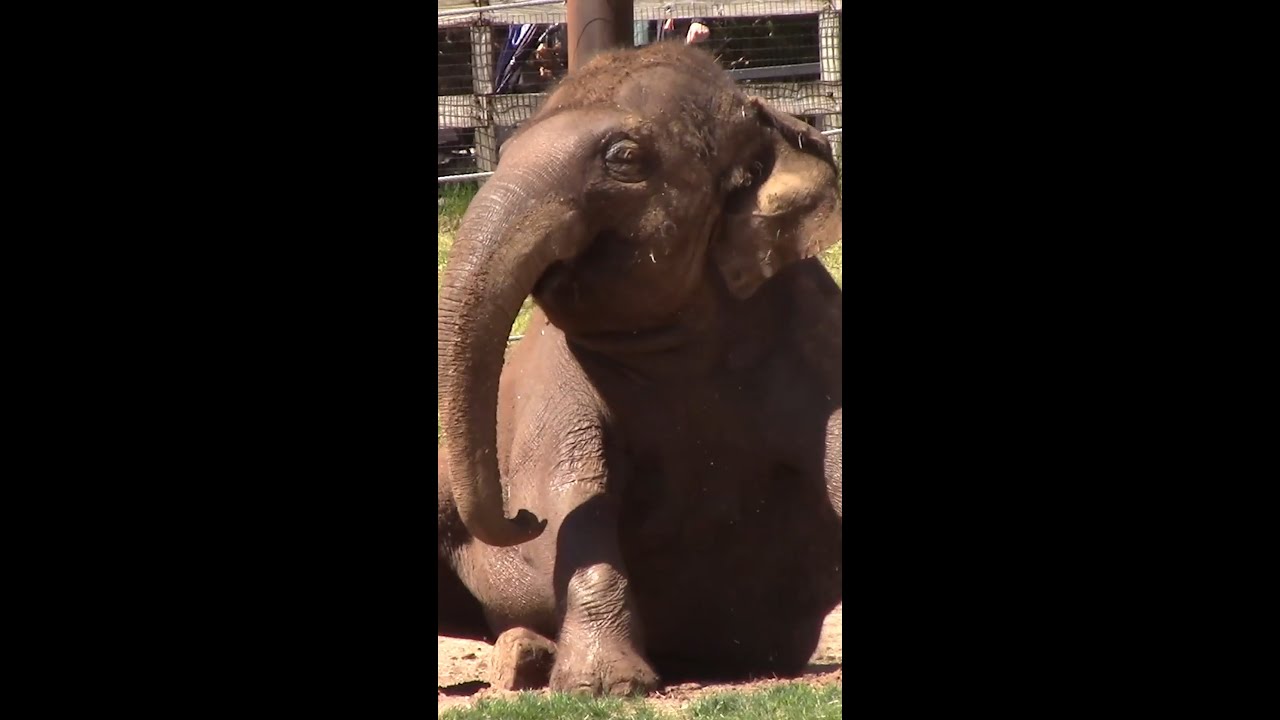– Significance of comprehensive care in zoos and wildlife facilities
– The role of zoos in conservation and species recovery efforts
– The importance of education and outreach in fostering wildlife conservation
– Ethical considerations in zoo management and animal welfare
– The future of zoos and wildlife parks in contributing to global biodiversity
The subject of zoo management and wildlife conservation encompasses a broad spectrum of responsibilities, central to which is the unwavering commitment to the welfare of every animal. This article focuses on the narrative that every animal, regardless of its size or species, receives attention and care that reflects a deep understanding of its needs. “They’re ALL babies to us” isn’t just a sentiment; it’s a philosophy that steers the operational and ethical compass of modern zoological institutions and wildlife parks. This driving principle ensures that animals’ health, psychological well-being, and natural behaviors are given paramount importance, echoing the broader goals of conservation, education, and research.
Comprehensive care in zoo and wildlife facilities is an intricate tapestry woven from numerous threads – veterinary care, nutrition, environmental enrichment, and habitat design, to name but a few. Each of these elements plays a critical role in the overarching goal of replicating natural habitats as closely as possible, thereby enabling animals to express innate behaviors. For instance, dietary programs are developed based on intensive research into the natural diets of species in the wild, often integrating seasonal variations to mimic natural feeding patterns. On the other hand, environmental enrichment seeks to encourage naturalistic activity patterns and cognitive engagement by introducing physical structures, sensory stimuli, and problem-solving challenges. This comprehensive approach to care underscores the dedication to seeing the animals as exhibits and individuals with intrinsic needs and rights.
Zoos have evolved from mere spectacles of exoticism to vital centers for conservation and species recovery efforts. Captive breeding programs, for instance, have been pivotal in recovering species on the brink of extinction, such as the California condor and the black-footed ferret. These programs are underpinned by sophisticated genetic management systems that aim to maintain genetic diversity, a key factor in the long-term viability of captive and reintroduced populations. Furthermore, zoos serve as arks of genetic diversity, preserving the genetic material of critically endangered species. This role extends beyond the physical confines of the zoos through participation in global conservation initiatives and partnerships with wildlife conservation organizations. Such collaborative efforts have been instrumental in habitat restoration projects and the establishment of protected areas, contributing directly to the conservation of species in their natural habitats.
Education and outreach are powerful tools in the arsenal of zoos and wildlife parks, inspiring a connection with the natural world and understanding the complex challenges facing wildlife. Through immersive exhibits, interactive educational programs, and engaging storytelling, zoos foster a sense of stewardship and responsibility towards the environment among visitors of all ages. This educational mission is vital in a world where many threats to biodiversity stem from human activities. By empowering visitors with knowledge and a deeper appreciation for wildlife, zoos mobilize a community of conservation advocates, amplifying their impact on conservation outcomes.
Ethical considerations play a central role in the management of zoos and wildlife facilities, guiding decisions that affect the welfare of the animals. This ethical framework addresses concerns ranging from the justification of captivity to the methods employed in animal care and management. Welfare assessments, behavioral studies, and the implementation of best practices in animal husbandry are all facets of this commitment to ethics. Moreover, the acceleration of global biodiversity loss has intensified the moral imperative for zoos to contribute positively to conservation, underscoring their responsibility to operate beyond mere compliance with minimum legal standards.
Looking to the future, zoos and wildlife parks are poised to play an even more critical role in the global biodiversity crisis. Advancements in technology and science, coupled with a growing public interest in and support for conservation, are opening new avenues for zoos to augment their contributions to wildlife preservation. This includes the application of genomic technologies in conservation management, the development of more sophisticated and naturalistic habitats, and the expansion of in-situ conservation projects. As ambassadors for wildlife, zoos have the potential to bridge the gap between humans and nature, fostering a culture of respect and care for the natural world.
Essentially, “They’re ALL babies to us” encapsulates a profound message of empathy, responsibility, and dedication driving the modern zoo and wildlife conservation movement. It reflects a commitment to the individual animals in their care, the broader ecosystem, and global biodiversity. Through comprehensive care, conservation efforts, educational outreach, and ethical practices, zoos endeavor to safeguard the natural world for future generations, embracing the challenges of conservation in an ever-changing landscape. As centers of conservation, education, and research, zoos stand at the forefront of the battle against extinction, armed with knowledge, compassion, and an unwavering commitment to all life on Earth.
*****
Source Description
They’re ALL babies to us. ❤️
Asian elephant auntie Kirina loves to roll in the sand just as much as one year olds Yaad and Tukada.
#Syracusezoo #Syracuse #CNY #Elephants #AsianElephant #EleTwins #OnondagaCounty #OnondagaCountyParks

